Description
Composite Drainage Net Parameter
| Item | Units | TC63/D200 | TC70/D200 | TC80/D200 | TC90/D200 | Standard test |
| Complex part | ||||||
| Hydraulic conductivity (longitudinal) | m2/s | 1.0×10-4 | 5.0×10-4 | 8.0×10-4 | 1.5×10-3 | ASTM D4716 |
| Anti – braking strength | KN/m | 0.17 | 0.17 | 0.17 | 0.17 | ASTM D7005 |
| Roll width | m | 4.4 | 4.4 | 4.4 | 4.4 | |
| Roll length | m | 80 | 70 | 60 | 50 | |
| Geonet part | ||||||
| Structure | Three-dimensional | |||||
| Thickness | mm | 6.3 | 7.0 | 8.0 | 9.0 | ASTM D5199 |
| Density | g/cm3 | 0.94 | 0.94 | 0.94 | 0.94 | ASTM D1505 |
| Carbon black content | % | 2 | 2 | 2 | 2 | ASTM D1603 |
| Tensile strength (longitudinal) | KN/m | 10.0 | 13.0 | 16.0 | 20.0 | ASTM D7179 |
| Hydraulic conductivity ( longitudinal ) | m2/s | 3.6×10-3 | 4.8×10-3 | 6.0×10-3 | 7.2×10-3 | ASTM D4716 |
| Geotextile part – double sided | ||||||
| Mass per unit area | g/cm2 | 200 | 200 | 200 | 200 | GB/T13762-1992 |
| Tensile strength | KN/m | 10 | 10 | 10 | 10 | GB/T15788-1997 |
| CBR burst strength | KN | 1.8 | 1.8 | 1.8 | 1.8 | GB/T14800-1993 |
| Effective aperture | mm | 0.2 | 0.2 | 0.2 | 0.2 | GB/T14799-1993 |
| Anti-ultraviolet aging,500h | % | 70 | 70 | 70 | 70 | ASTM D4355 |
If you need customized products, please refer to the parameters below. Or tell us your needs directly, and QIVOC will provide you with cost-effective solutions.
Thickness customized: 5.0mm – 12.0mm
Customized width: 1m – 6m, or any length
Customized length: 30m – 100m, or any length
Color customization: Default black, other colors can be customized
Minimum order quantity: 1SQM
Payment method: LC, T/T, Western Union
Supply capacity: 90,000 square meters/day
Delivery time: 7-15 days
Conventional packaging: Geonets roll packaging woven bag or according to your requirements.
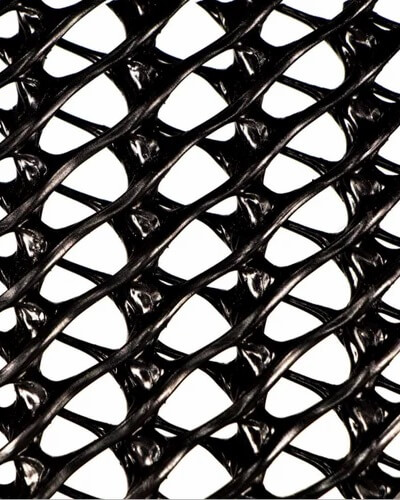
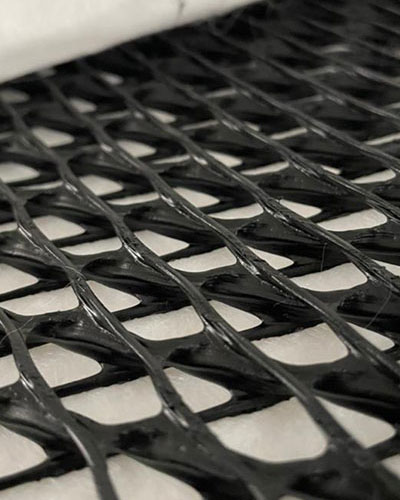
Geonet Geocomposite Advantages
Composite drainage net, widely used in various civil engineering projects such as roads, railways, tunnels, and municipal infrastructure construction, has demonstrated extensive applications. It not only enhances the efficiency and quality of projects but also promotes sustainable development practices.
The geonet geocomposite primarily possesses the following advantages, making it a crucial material in civil engineering:
- Efficient Drainage: Its three-dimensional mesh structure provides rapid water flow channels (equivalent to one-meter thick gravel drainage), effectively eliminating surface water and groundwater.
- High Tensile Strength: The material of the geonet hdpe has high tensile strength, capable of withstanding prolonged soil pressure.
- Corrosion Resistance: The material can resist corrosion from various chemicals, making it suitable for different soil environments.
- Stability: It maintains structural integrity and continuous drainage functionality even under high-pressure loads (able to withstand approximately 3000 kPa of compressive load).
- Easy Installation: Compared to traditional drainage systems, the geocomposite drainage system is lighter and easier to install.
- Cost-Effectiveness: It can reduce project volume, and shorten the construction period, thereby lowering the overall project cost.
- Environmentally Friendly: Using geocomposite drainage mat can reduce dependence on natural gravel resources, contributing to environmental protection.
Geocomposite Drainage Layer Uses
Geonet geocomposite is mainly used in drainage projects for railways, roads, tunnels, municipal engineering, reservoirs, slope protection, and more. It is a high-performance and high-quality drainage product, considered the most ideal in geotechnical materials.
- The installation of geocomposite drainage sheet between the subgrade and the base is designed to drain water accumulated between the subgrade and the base. It acts to block capillary water and effectively integrates into the edge drainage system.
- Laying the geocomposite sheet drain in the base layer prevents fine materials from entering the subgrade (acting as an isolation layer).
- After road aging and crack formation, most rainwater will enter the cross-section. In such cases, directly laying geocomposite drainage layer below the road surface can replace a drainable subgrade.
- In cold climate conditions, laying geocomposite drainage system can help alleviate the impact of frost heaving.
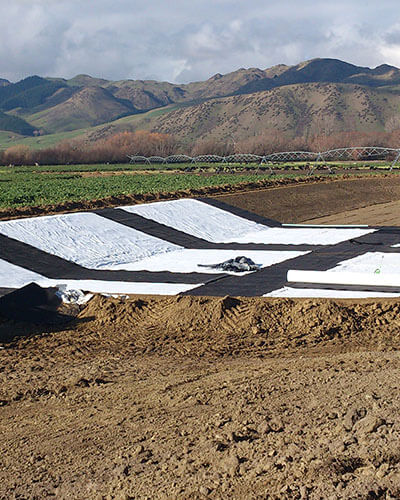
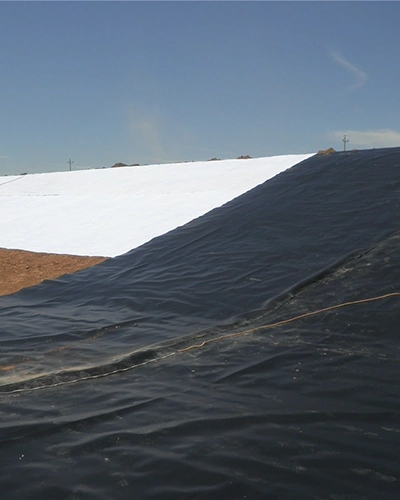
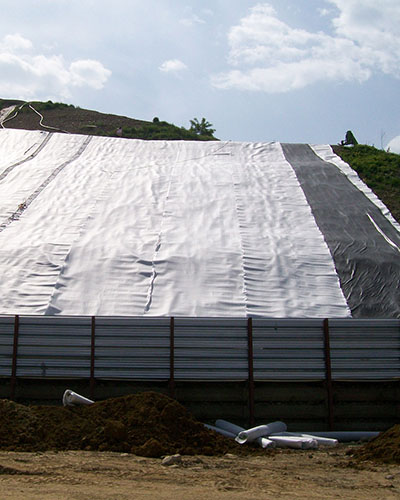
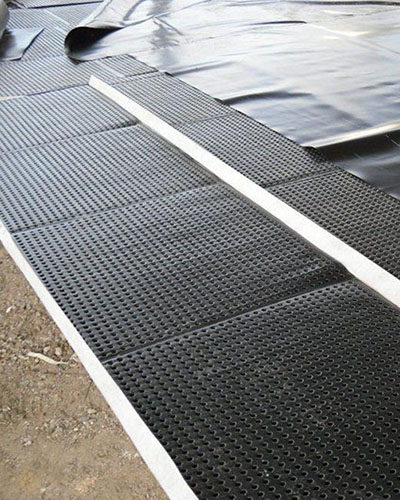
“Have a question? Click the button below to reach out to us directly for personalized support. ”
Rest assured, we’ll respond to your inquiry within 2 hours.
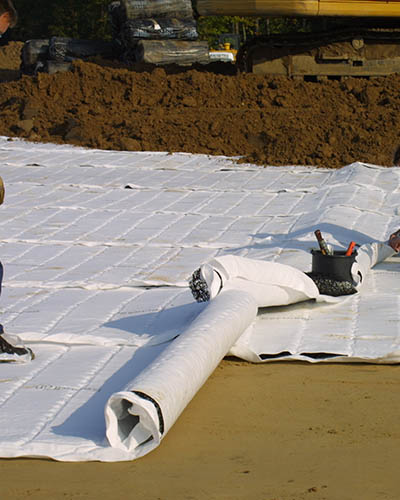
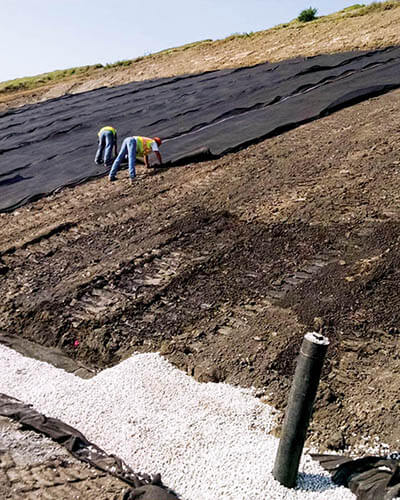
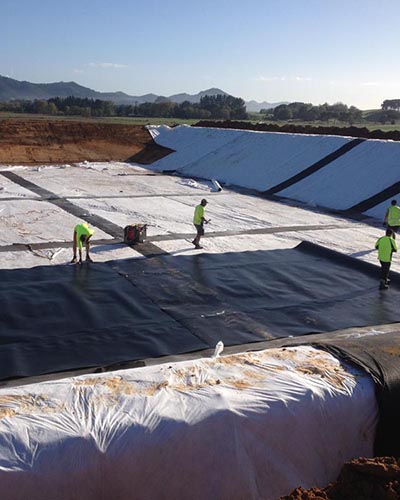
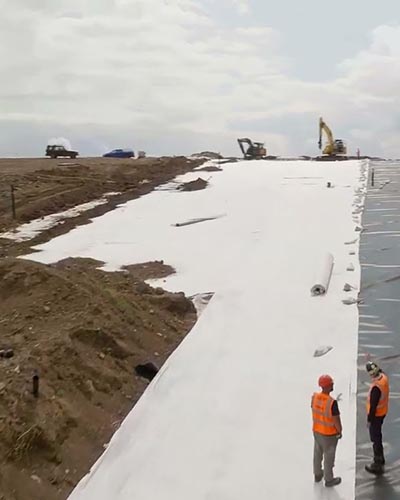
Geocomposite Drainage System Installation Procedures
Using and installing the geocomposite drainage system is straightforward and convenient. Below is a standard construction process.
- Prepare the Subgrade: Before laying the geonet geosynthetics, it is essential to thoroughly clean and ensure the dryness of the foundation.
- Determine Geocomposite Drainage Mat Placement: According to design specifications, identify the location and shape of the geocomposite drainage net, marking them on the foundation.
- Install the Geonets: Lay the geocomposite drainage layer flat on the foundation, ensuring a smooth and wrinkle-free surface. If necessary, gently tap with a rubber mallet to ensure a tight bond with the foundation.
- Sand Filling: Fill an appropriate amount of sand at the connection between the geocomposite drainage system and the drainage pipe to protect against damage.
- Backfill Soil: After sand filling, backfill with an appropriate amount of soil and compact it. Take care not to damage the geonet geocomposite during backfilling.
- Compaction: Compact the backfilled soil to ensure a tight bond between the geonets and the soil.
- Inspection: After completing the installation, conduct an inspection. Check if the installation of the geocomposite drainage sheet meets design requirements, ensuring secure connections and unobstructed drainage. Address any issues promptly if identified.
Seam Overlapping:
Each component of the drainage geonet geocomposites (geotextile and geonets) requires overlapping or splicing with similar materials.
(1) Geonets Part:
① The overlapping section of the geonet geosynthetics in the length direction should be greater than 75mm. If approved and meeting practical conditions, plastic fasteners or polymer edge bands can be used to connect the overlapping parts of adjacent ribs. In the length direction of the material roll, the minimum spacing for tying knots should not be less than 1.5 meters.
② In the width direction, adjacent geonets must have an overlapping of at least 200mm. The minimum knotting spacing for tie straps should not be less than 200mm, and the minimum knotting spacing anchored in the trench should also not be less than 200mm.
(2) Geotextile Part:
The bottom layer of geotextile must be overlapped, and the upper layer must be stitched together or can be chosen to be thermally bonded or welded.
Before stitching or thermal bonding, the overlapping length of the geotextile must be at least 100mm.
Stitching methods can include general stitching, nail stitching, or butterfly stitching.
The stitching must use a double-thread lock stitch or two-row single-thread chain stitch method. If the thermal bonding method is chosen, care must be taken to avoid burning through the geotextile.
Precautions for Installation of Geonet Geosynthetics
While the construction of geonets is relatively simple, attention to the following considerations is crucial during installation. Here are specific precautions for geonets installation:
- During transportation and construction, it is crucial to protect the geonet hdpe material to avoid damage or contamination. Additionally, storage and preservation should be carried out according to specifications.
- Ensure that no debris such as soil, cement, or sand enters the front space of the geocomposite drainage layer to guarantee unobstructed space.
- When laying the drainage geonets, take protective measures whenever possible. For indoor or outdoor garage installations, backfilling should be promptly done to prevent wind from disturbing the drainage geocomposites and affecting the quality of installation. For basement and interior wall waterproofing, protective layers should be applied promptly to prevent damage to the geocomposite drainage system by people or objects.
- Construction personnel are required to wear soft-soled, flat-bottomed shoes without heels. Wearing shoes with large nails or iron soles is not allowed.
- Smoking is strictly prohibited when laying the composite drainage net. The use of matches, lighters, chemical solvents, or similar items within the laying area is strictly prohibited, and the use of welding tools must be strictly controlled.
- Normally, laying is done along the slope direction unless the project specifies alternative drainage paths.
- To prevent the laid geocomposite drainage mat from being lifted by strong winds, a sufficient number of temporary ballasts or ground anchors (such as sandbags or rolls of geotextile fabric) should be used during construction. The ballasts or anchors used must not cause any damage to the geonets.

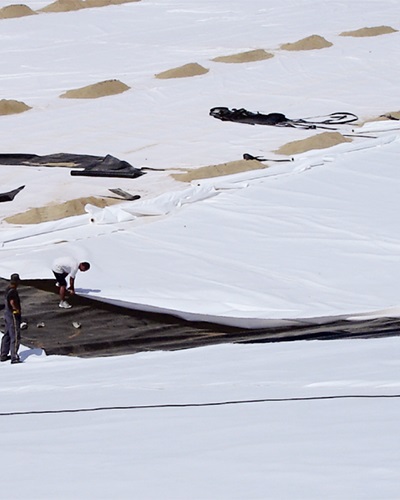
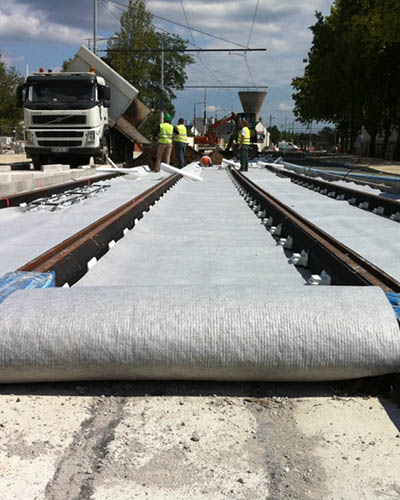
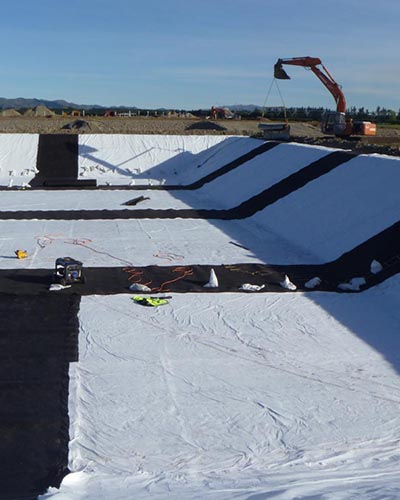

Recent Projects
Discover our recent client projects and explore the range of tailored, personalized support we provide. Share your requirements and receive the ideal solution.

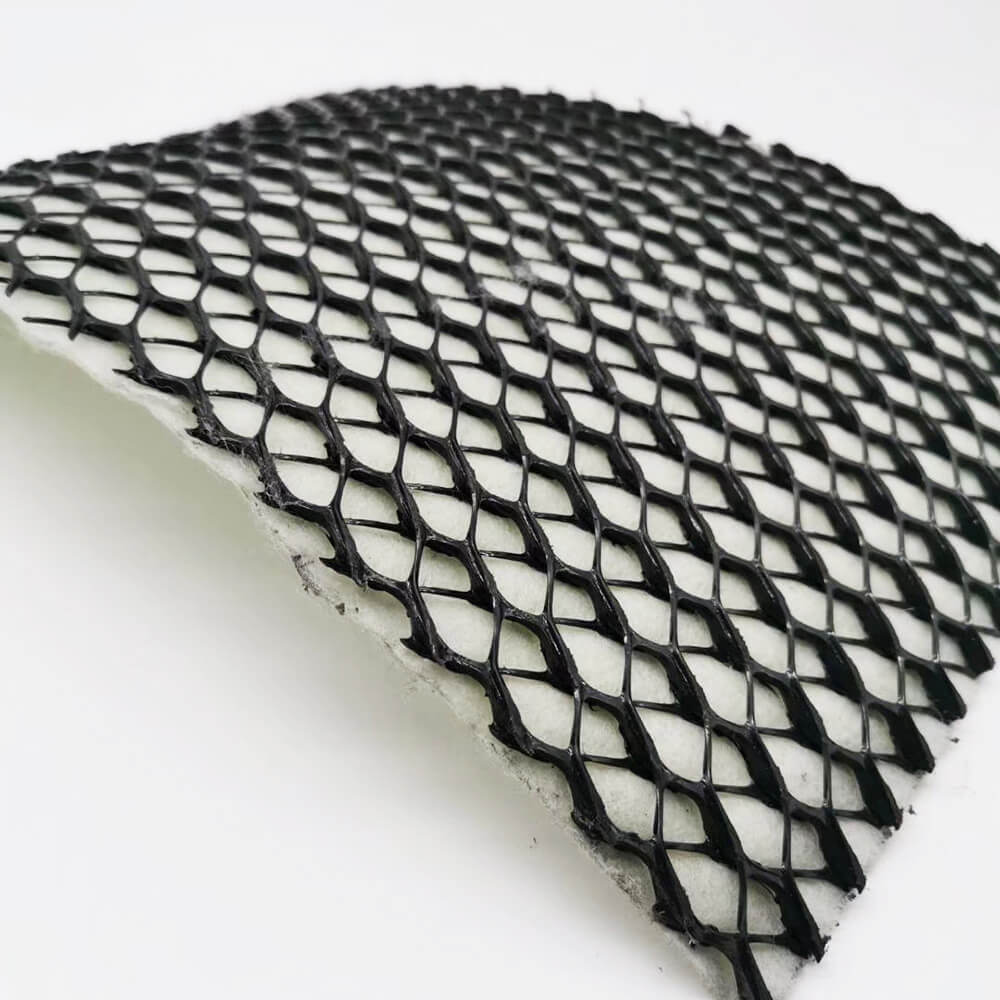
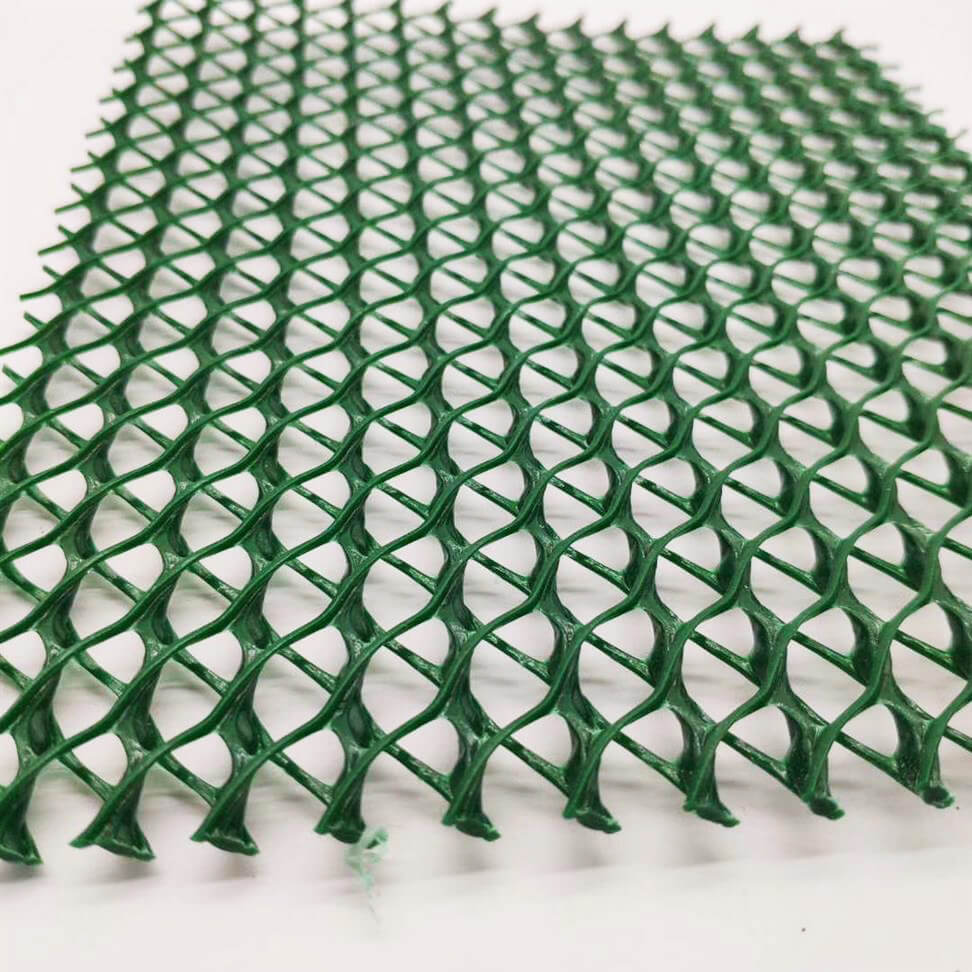
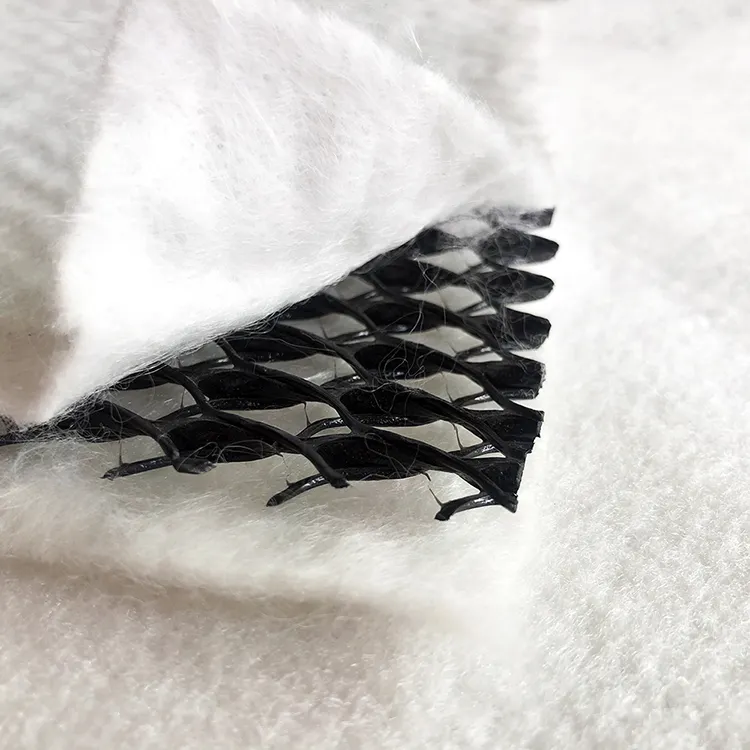
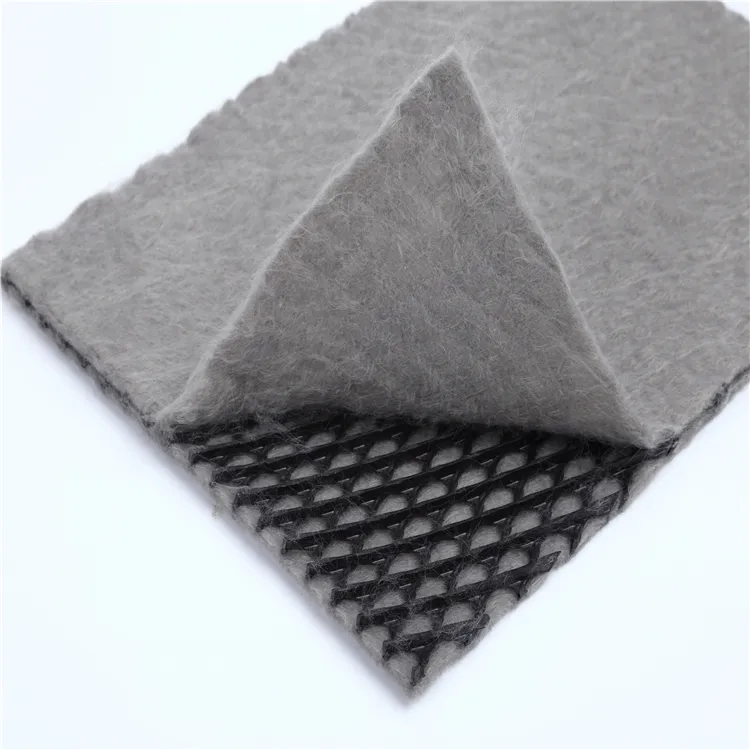

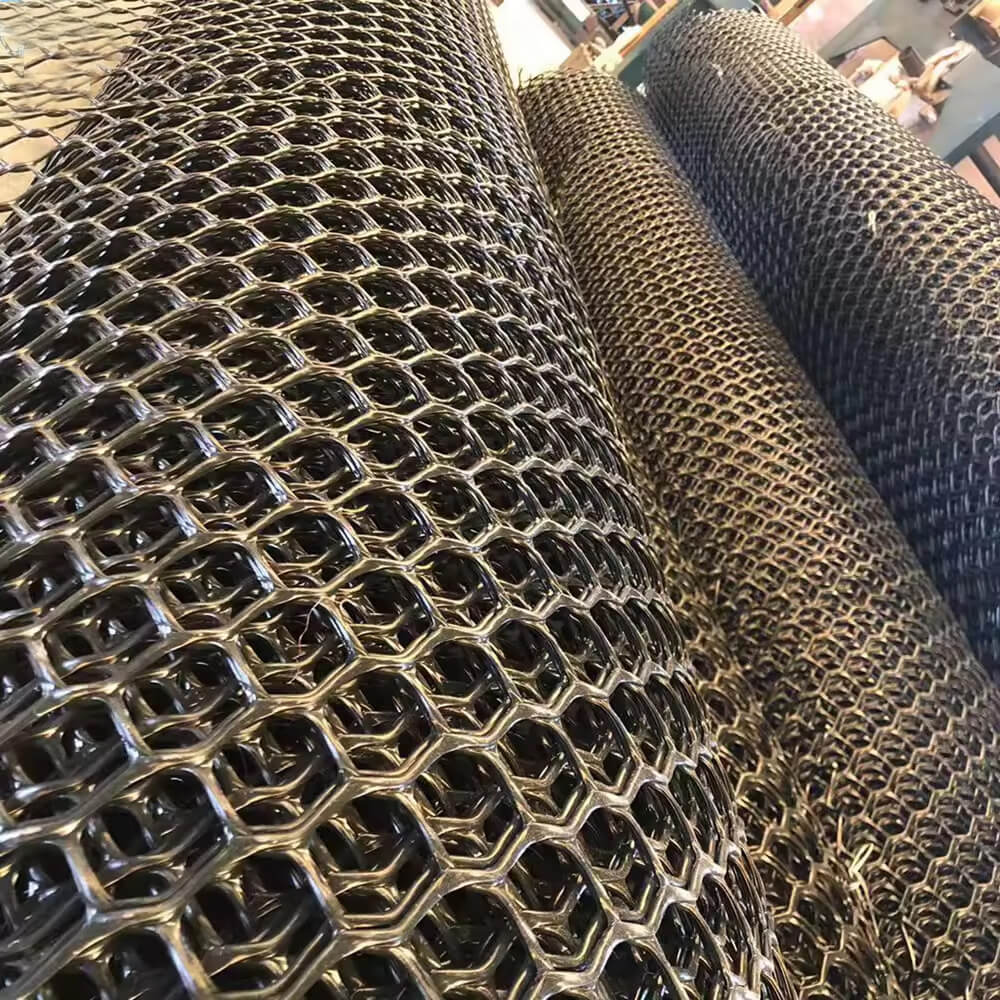


Reviews
There are no reviews yet.